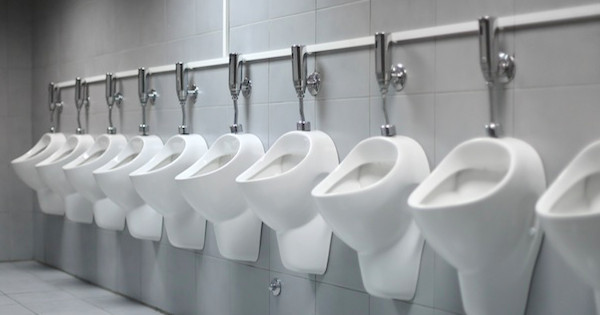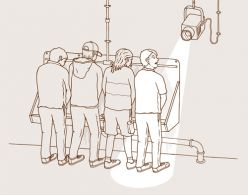
Paruresis is a Type of Social Anxiety
For the vast majority of people, tending to bodily functions such as urinating happens without much thought or concern. For about 21 million Americans, roughly 7% of the general population, urination causes great worry and inconvenience. They have developed a condition called paruresis also known as shy bladder syndrome, pee shyness, or bashful bladder. The word “paruresis” is derived from the Latin meaning “abnormal urination.”
Paruresis is a form of social anxiety disorder effecting both men and women. Faced with needing to urinate in public places or in the presence of others, the paruretic experiences significant anxiety over the possibility of being judged by others. Typically, the fear is centered on what others’ would think if the paruretic were unable to initiate the flow of urine. The judgments include: “They’ll think there’s something wrong with me if they don’t hear peeing.” “I’ll be judged as less of a man if I can’t urinate where others can.” “The stream of my pee sounds too weak as it hits the urinal.” Also, the anticipation of not knowing if one will be able to urinate can exacerbate anxiety and self-consciousness; hence making the act of urination difficult if not impossible.
The precise cause of paruresis is unknown. Most paruretics say that their paruresis began in late childhood or adolescence. They often pinpoint the beginning of the disorder to an event where they felt pressure to urinate with others nearby. The pressure to “perform” led to stress and anxiety to urinate. If they were unable to void, they may have experienced ridicule from others. That trauma coupled with the fear of not being able to urinate in future situations came to be the genesis of the problem.
 As with all mental health concerns, the severity of paruresis varies from person-to-person. Some paruetics are mildly inconvenienced by the occasional inability to urinate in specific settings, i.e. sports arena restrooms with long lines of impatient fans waiting for the urinal. Others experience significant impairment in most settings when faced with the need to urinate. These individuals can become house bound as they fear needing to void without having a “safe” bathroom within close reach. People who undergo urine testing for employment are also greatly impacted. Others may avoid long airline flights for fear of enduring the painful experience of not being able to urinate.
As with all mental health concerns, the severity of paruresis varies from person-to-person. Some paruetics are mildly inconvenienced by the occasional inability to urinate in specific settings, i.e. sports arena restrooms with long lines of impatient fans waiting for the urinal. Others experience significant impairment in most settings when faced with the need to urinate. These individuals can become house bound as they fear needing to void without having a “safe” bathroom within close reach. People who undergo urine testing for employment are also greatly impacted. Others may avoid long airline flights for fear of enduring the painful experience of not being able to urinate.
Cognitive-Behavioral Therapy (CBT) for Paruresis
Cognitive-Behavioral Therapy (CBT) is helpful in reducing the impact of paruresis. Graduated exposure (GE), one of the powerful ingredients of CBT, helps paruretics learn new associations between the feared stimulus (restrooms or situations that previously elicited extreme anxiety) and the ability to successfully void. When anxiety is heightened due to either the inability to urinate in the presences of others (primary paruresis) or the false meaning assigned to not being able to urinate, i.e. “I’m less of a man,” etc. (secondary paruresis), the brain triggers a physiological reaction that constricts the bladder’s ability to void. Through repetition, the paruretic learns to manage anxiety and to retrain the brain-bladder connection by learning that the feared stimulus is not something to be feared.
Those concerned with paruresis should first visit their primary care provider or urologist to rule out medical causes. Well-trained CBT therapists, like those associated with National Social Anxiety Center, may have expertise treating paruresis. Finally, the International Paruresis Association provides a wealth of resources and workshops to help those afflicted by shy bladder.

